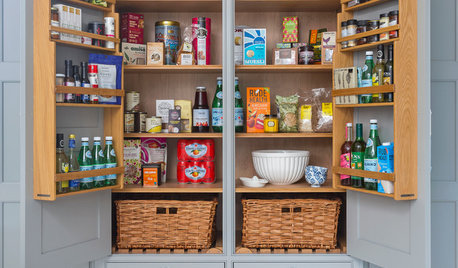It came as a surprise to me but recently I came across a
number of articles on the web touting both sodium and potassium bicarbonate as antifungal agents. Potassium is evidently a bit more effective and has the added benefit
of adding potassium to the soil, an essential fertilizer
element. Evidently rose growers have been using these compounds for years to control black spot and other rose deseases. There are some soil contamination issues with the sodium salt, avoided by using the potassium type.
One can find several products advertised for garden use and since it is pretty benign there are few if any restrictions.
Common sense would indicate it probably shouldn't be et or
snorted, but then here we go!
I've acquired some and have directions for use. It's supposed to mess with the cell walls of the various fungi.
Can anybody advise regarding experience? Any hopes for effectiveness on early or late blight?








miesenbacher
digdirt2
Related Professionals
West Milford Landscape Architects & Landscape Designers · Jennings Landscape Architects & Landscape Designers · Piqua Landscape Architects & Landscape Designers · Chesapeake Ranch Estates Landscape Contractors · Deer Park Landscape Contractors · Deerfield Beach Landscape Contractors · Dinuba Landscape Contractors · East Patchogue Landscape Contractors · Parker Landscape Contractors · East Norriton Landscape Contractors · Vadnais Heights Landscape Contractors · Euclid General Contractors · ‘Ewa Beach General Contractors · Fremont General Contractors · Havelock General ContractorslarrywOriginal Author
miesenbacher
timmy1
larrywOriginal Author
timmy1
HoosierCheroKee
timmy1
HoosierCheroKee
miesenbacher
timmy1
Joeray
miesenbacher
nativeplanter
HoosierCheroKee
larrywOriginal Author
miesenbacher
larrywOriginal Author
timmy1
HoosierCheroKee
miesenbacher
miesenbacher
maupin
miesenbacher
larrywOriginal Author